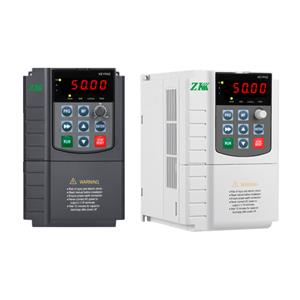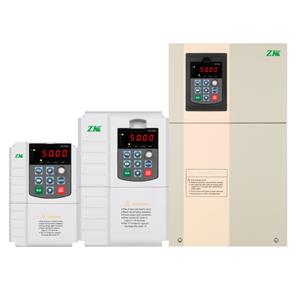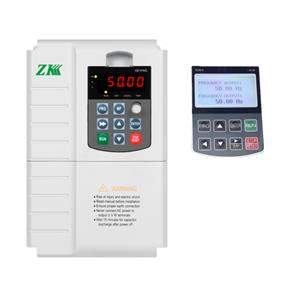Eco-Efficiency User Guide for Solar Inverters
Solar energy stands as one of the most promising renewable energy sources, with solar inverters playing a pivotal role in converting the direct current (DC) generated by solar panels into alternating current (AC) suitable for residential, commercial, and grid applications. To maximize the ecological benefits of solar power, it is imperative to employ solar inverters in an eco-efficient manner. This guide offers practical recommendations and insights to assist users in optimizing the performance of solar inverters while minimizing environmental impact.
Understanding Solar Inverters and Their Critical Role
Solar inverters are the cornerstone of any solar power system, ensuring that the electricity generated by solar panels is compatible with the electrical grid or home appliances. Solar inverters are available in various configurations, including string solar inverters, microinverters, and hybrid solar inverters, each with distinct advantages and applications. Regardless of the type, the efficiency and sustainability of solar inverters are contingent upon their usage and maintenance.
Selection of High-Efficiency Solar Inverters
When selecting solar inverters, prioritize models with high efficiency ratings. Contemporary solar inverters can achieve efficiencies of 95% or higher, thereby minimizing energy loss during the conversion process. High-efficiency solar inverters not only reduce energy waste but also diminish the overall carbon footprint of solar power systems. Seek solar inverters with certifications such as ENERGY STAR or other eco-labels that signify superior performance and adherence to environmental standards.
Optimization of System Design
The design of solar power systems significantly influences the efficiency of solar inverters. Ensure that solar panels are appropriately sized and positioned to maximize sunlight exposure. Systems that are either oversized or undersized can lead to inefficiencies and undue strain on solar inverters. Additionally, consider employing microinverters or power optimizers if the system is susceptible to shading or panel mismatch, as these complementary technologies can enhance overall system performance when integrated with solar inverters.
Regular Maintenance and Monitoring
Regular maintenance is essential for maintaining the peak efficiency of solar inverters. Dust, debris, and extreme weather conditions can adversely affect solar inverter performance. Schedule periodic inspections to clean solar inverters and inspect for any signs of wear or damage. Many modern solar inverters are equipped with monitoring systems that enable real-time performance tracking. Utilize solar inverter monitoring tools to promptly identify and address any issues, thereby ensuring long-term reliability and efficiency.
Minimization of Standby Power Consumption
Solar inverters consume a minimal amount of power even when not actively converting energy, known as standby power. To mitigate this waste, consider solar inverters with low standby power consumption or those that automatically enter a low-power mode when inactive. Additionally, if the system incorporates battery storage, ensure that solar inverters are compatible and optimized for energy storage to minimize unnecessary energy loss.
Extension of Solar Inverter Lifespan
The typical lifespan of solar inverters ranges from 10 to 15 years. Extending solar inverter lifespan reduces the need for frequent replacements, thereby minimizing electronic waste and resource consumption. To prolong solar inverter life, ensure the equipment is installed in well-ventilated areas to prevent overheating and protected from extreme weather conditions. Furthermore, avoid overloading solar inverters by ensuring that solar panels and electrical loads are appropriately matched.
Responsible Recycling and Disposal
When solar inverters reach the end of their operational life, proper disposal is crucial. Many components of solar inverters, such as metals and electronics, are recyclable. Consult local recycling programs or solar inverter manufacturers for proper disposal options. Recycling solar inverters not only reduces landfill waste but also recovers valuable materials for reuse in new products.
Integration of Smart Solar Inverter Technology
Smart solar inverters are equipped with advanced features such as grid support functions, remote monitoring, and adaptive power management. These capabilities enable solar inverters to dynamically respond to grid conditions, thereby enhancing overall system efficiency and stability. By integrating smart solar inverters into power systems, users can contribute to building more resilient and sustainable energy grids.
Solar inverters are indispensable components of solar power systems, and their eco-efficient utilization is essential for maximizing the environmental benefits of solar energy. By selecting high-efficiency solar inverters, optimizing system design, performing regular maintenance, and adopting sustainable practices, users can reduce energy waste, extend solar inverter lifespan, and minimize ecological footprints. As solar technology continues to evolve, embracing these practices with solar inverters will help pave the way for a cleaner, greener future.




